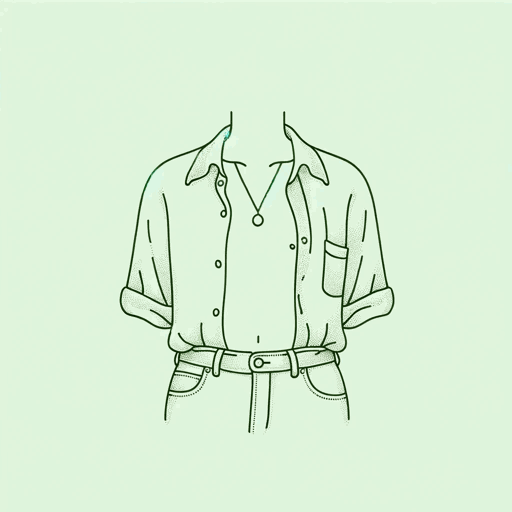47 pages • 1 hour read
Leslie FeinbergTransgender Warriors
Nonfiction | Book | Adult | Published in 1996A modern alternative to SparkNotes and CliffsNotes, SuperSummary offers high-quality Study Guides with detailed chapter summaries and analysis of major themes, characters, and more.
Important Quotes
Content Warning: This section of the guide contains references to anti-trans and anti-gay violence, death by suicide, rape, and racism.
“The words I use in this book may become outdated in a very short time, because the transgender movement is still young and defining itself. But while the slogans lettered on the banners may change quickly, the struggle will rage on.”
(Preface, Page ix)
By contending with the fleeting nature of language, Leslie Feinberg strengthens the message of her work; it is not the specific words she uses to describe identities that matter but the experiences of the people she describes in history and in the present.
“Of course, the laws were not simply about clothing. We were masculine women and feminine men. Our gender expression made us targets. These laws were used to harass us. Frequently we were not even formally charged after our arrests. All too often, the sentences were executed in the back seat of a police cruiser or on the cold cement floor of a precinct cell.”
(Part 1, Chapter 1, Page 8)
According to Feinberg, transgender expression is not just about the clothes one wears, but clothing is very political. The gender binary is often violently imposed on those who seek to lead lives outside of it. Understanding how this violence works is a step toward Political Solidarity and Action.
“The experience taught me an important lesson. The more I tried to wear clothing or styles considered appropriate for women, the more people believed I was a man trying to pass as a woman. I began to understand that I couldn't conceal my gender expression.”
(Part 1, Chapter 2, Page 12)
Feinberg’s gender expression says more about her identity than the clothes she wears. Despite being assigned female at birth, when she tries to wear feminine clothes, her sex and gender are much more scrutinized and questioned than if she dresses in traditionally masculine clothing.


